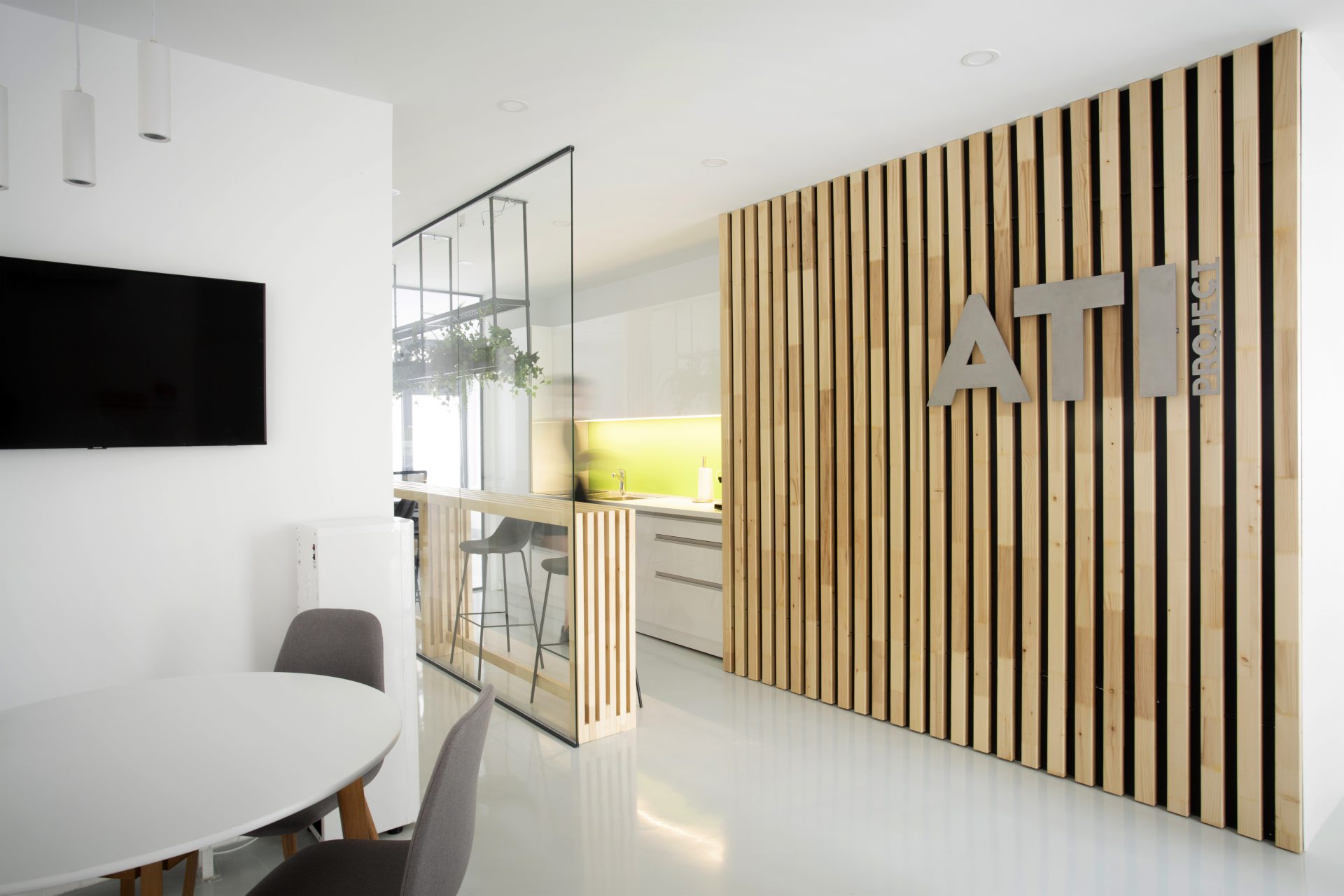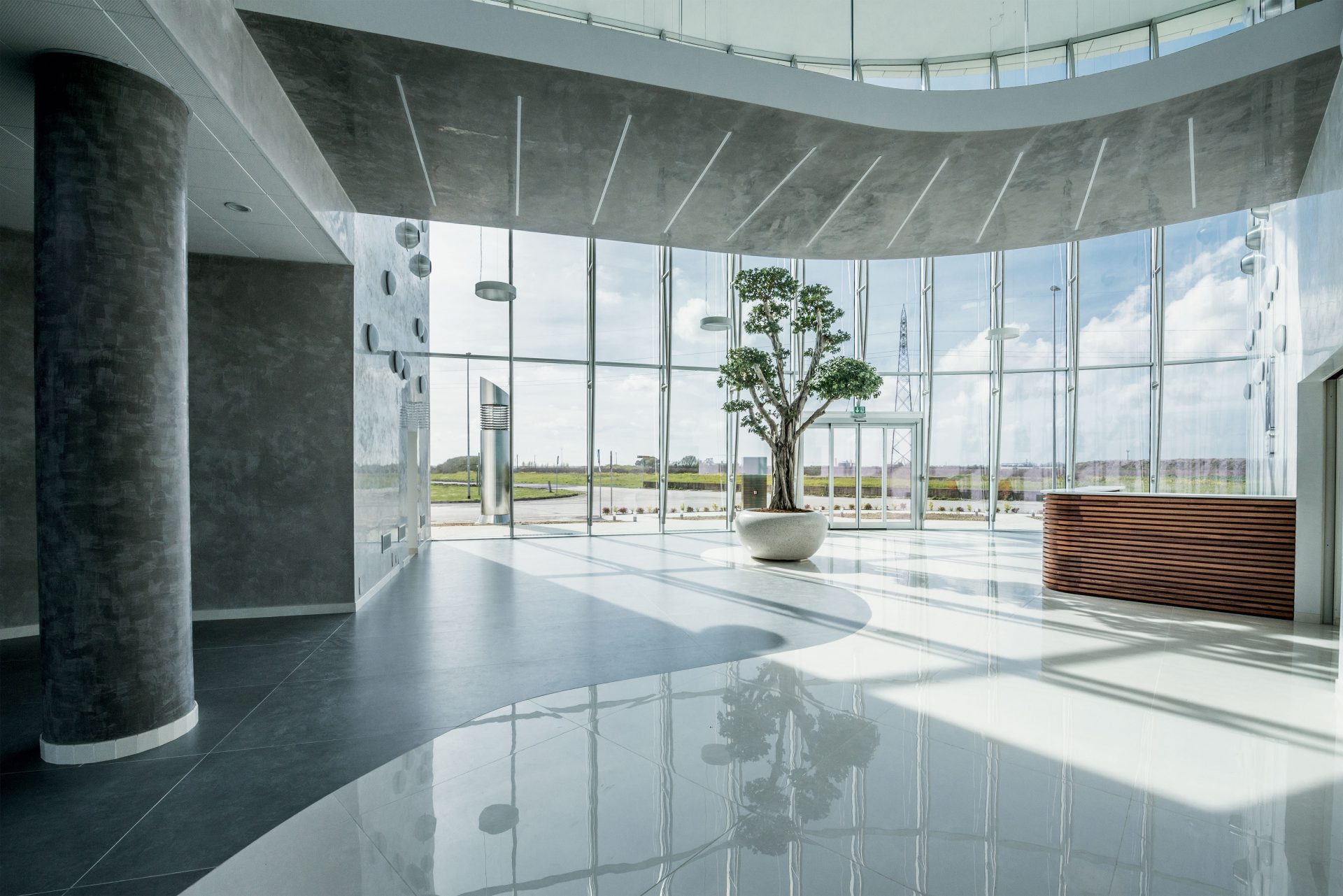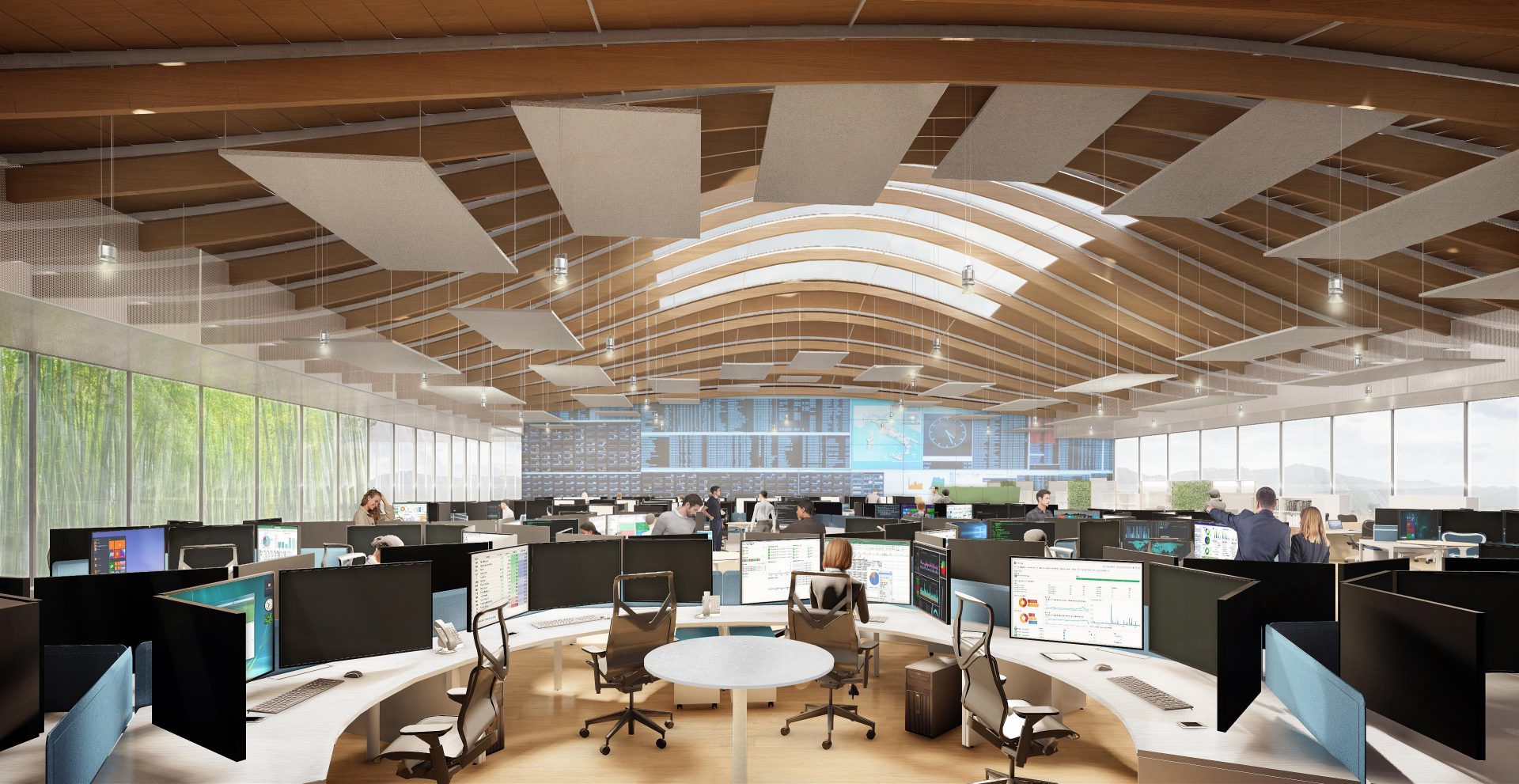The evolution in workplace design
How have workplace changed in the last century? How has the pandemic trasformed them? And what is the role of designer?
The workspaces design is a fluid discipline that adapt itself to the needs of the times we live in. From the growth of the tertiary sector to the introduction of new tcechnologies, and with the onset of the pandemic, the contemporary office has evolved over time in the arrangement of spaces and technological amenities. Let’s explore its metamorphosis together.
The pre-Covid era and the interpretation of the workplace
Over the last century the evolution workspaces has followed the needs of a specific historical moment, the architectural trends of the period and simultaneously, the requirements associated with the world of work.
The growing prominence of the tertiary sector and the the rationalist development of workstations have shifted the typical notion of cubicle space towards open-plan solutions, increasingly dominant both internationally and nationally. The paradigm shifted from the centrality of production optimization towards a progressive evaluation of the importance of the individual, considering the effects that a higher status could have on actions and performance. At the core of this evolution was the concept of spaces where sociability served as a source of inspiration, generated new motivations, and was aimed at maximizing employee productivity. The workspace thus became a useful tool for interpreting roles and corporate hierarchies, as well as internal personnel management policies.
In this regard, various specific studies have been conducted to analyze the impact on sociability of new open configurations; the results reflect the limitations of this concept. An example can be found “The Truth About Open Offices” , an article published in the Harvard Business Review in December 2019, authored by Ethan Bernstein and Ben Waber, reporting a 70% reduction in social interactions between the “cubicle” phase and the subsequent “open space.: un articolo pubblicato sulla Harvard Business Review nel dicembre 2019, firmato da Ethan Bernstein e Ben Waber, che riportava una riduzione pari al 70% delle interazioni sociali tra la fase “cubicoli” alla successiva “open space”.
The dominant trends of the 2000s, compared to the preceding historical period, witnessed the significant impact of technology on work environments.
Telecommuting, now referred to as remote work due to pandemic needs, was already an integral part of forward-thinking corporate policies, such as IBM, where about 40% of the workforce operated remotely as early as 2009. On the contrary, entities that were resistant to remote work, like Yahoo, which mandated a categorical return to the office for its employees in 2017, have since been downsized.
In this context, hybrid configurations emerged, where open spaces incorporated dedicated areas for specific functions in various forms (from nursing corners to relaxation zones achieved through dynamic configurations) and enriched themselves with technological solutions useful for managing the endemic phase, becoming increasingly habitats for the human dimension.
As now physiologically and widely acknowledged, these processes have been identified in cutting-edge entities overseas and progressively implemented in the old continent, in various forms and sizes, depending on the context and evolving sensibilities.
«Today, adaptable layouts are an interpretation of concrete needs. Spaces and distribution logics become spokespeople for policies ensuring safe work environments.».
The new demands of the pandemic phase
The emergence of the pandemic horizon shook an ongoing process and allowed for further evolution in the approach to workspace design, starting from the new contingent challenges. Simultaneously, today’s change is oriented towards a longer-term interpretation of remote work, becoming a mediation between the new sensibilities that have developed.
Indeed, there is a phenomenon of devaluation of global Real Estate entities, which currently record reductions in stock value compared to pre-pandemic levels, reflecting the impact of the crisis on the global building context but still recovering from the acute phase of the early pandemic months. The dynamics, in fact, experienced a full embrace of remote work during the acute phase of the early months of 2020, easily interpretable through reflections related to safety, family management, and the reduction of additional time spent on daily commuting. This phase was also associated with increased worker productivity, as they effectively had more time available and were pervasively involved in the daily dynamics of the new work pattern.
Analyses of the phenomenon have been periodically conducted through surveys on thousands of remote employees, highlighting the shift from full acceptance to a progressive need to re-embrace human relationships that act as a positive catalyst for new stimuli. In essence, the evidence is increasingly pronounced regarding the need for a balanced mix of in-person and remote work to best combine all the positive aspects of both situations.
Simultaneously, companies have adjusted their development planning, beginning to consider the implications that this change had on the costs of management, maintenance, safety, and rentals of pre-pandemic offices, with the inevitable conclusion that the ongoing change should not remain tied to the emergency situation.
«Contemporary design must draw from new inputs related to health and safety protocols and conduct policies».
The concept of contemporaney workspaces
The activity of analyzing and delving into the current working spaces context stems from investigations, including nationwide, into the actual orientation of major companies. According to The Business Evolution, a study of 244 large companies promoted by Investire SGR, the majority of them anticipate changes to their workspaces, both in terms of expansion and reconfiguration/reduction of spaces. The remaining part, however, focuses on redesigning, implementing, or intending to do so with rules and best practices that will nevertheless change the face of the work environment.
The phenomenon has different implications depending on the sector under analysis, ranging from the financial sector to IT, manufacturing, as well as in terms of objectives. The boundaries of activities carried out in person are being redrawn, starting with socialization and moving on to external meetings, recruiting, and conferences.
Overall, at least 50% of working time is still expected to be in person, organized and managed in forms and ways that may vary significantly. Online platforms, remote management systems, as well as reservable and non-personal workstations, hybrid and modular configurations, along with scalable systems designed to perform different functions at different times, become defining elements of the architecture of work.



